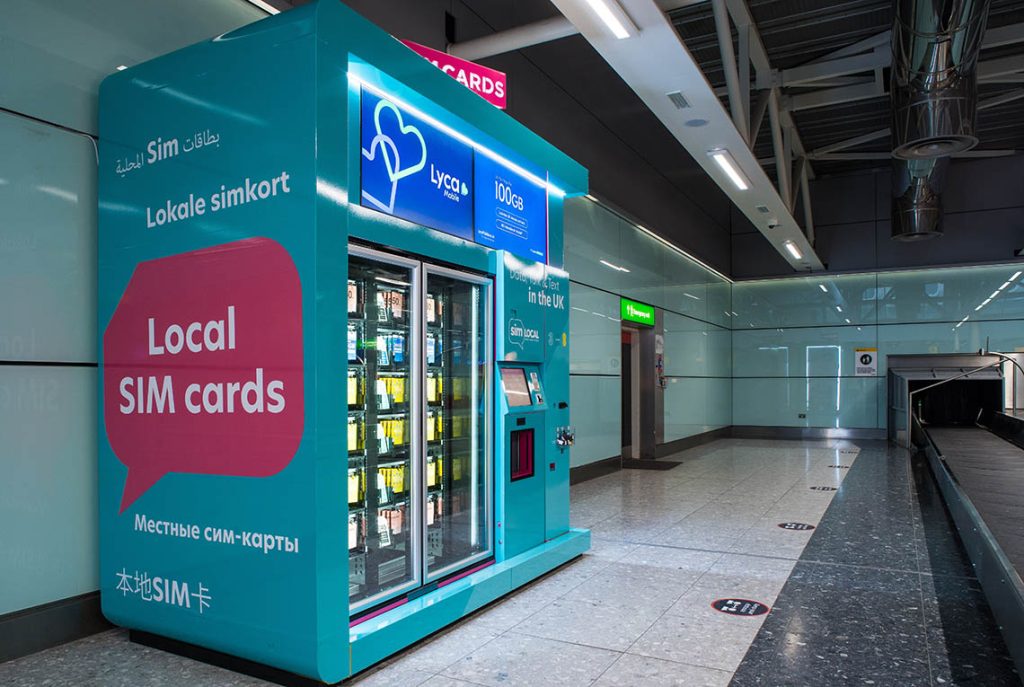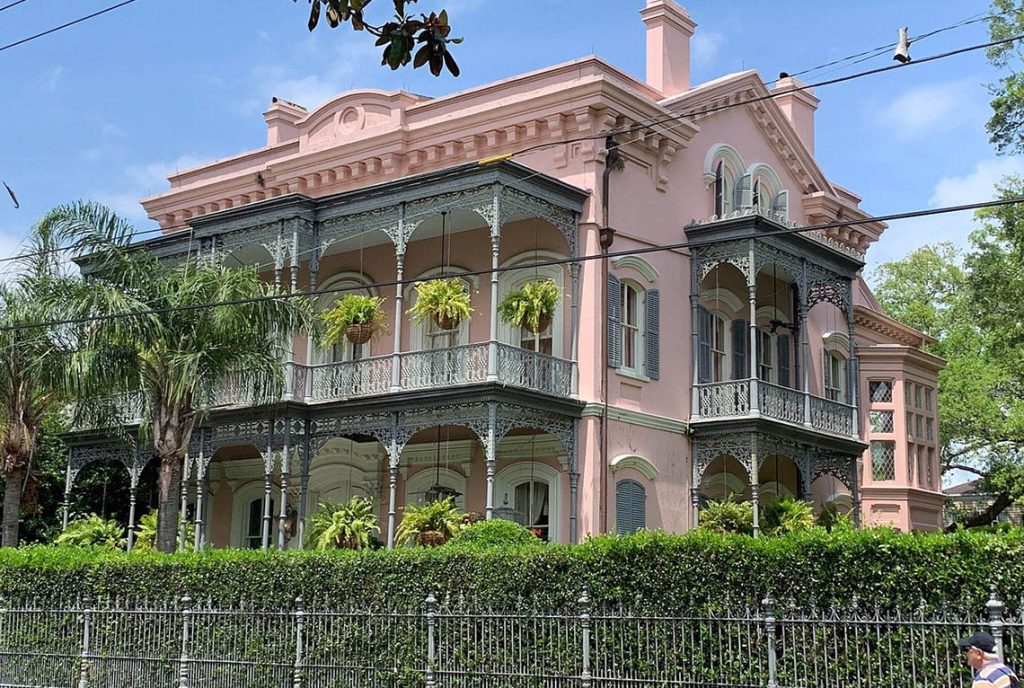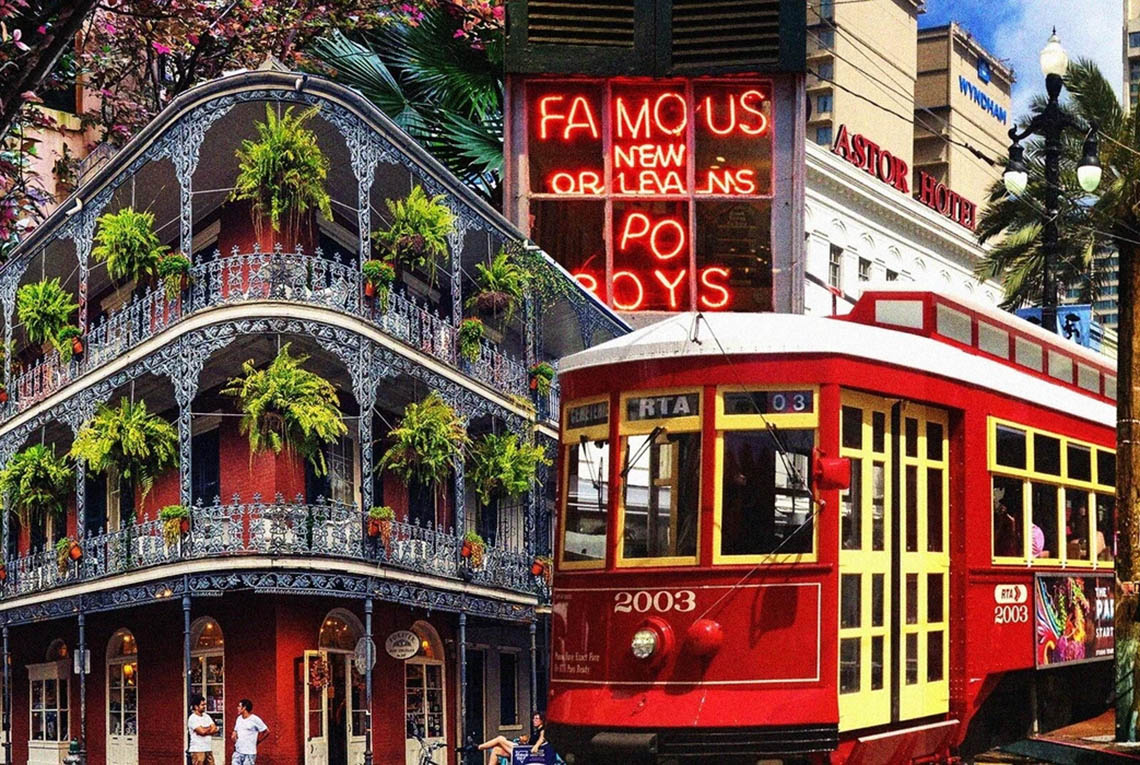Packing for New Orleans demands a balance of comfort and style, ensuring you’re prepared for its diverse experiences:
– Footwear: Comfortable walking shoes are essential for navigating the city’s historic streets and vibrant neighborhoods. Opt for supportive footwear that can handle both cobblestone paths in the French Quarter and the lush gardens of the Garden District.
– Clothing: New Orleans’ subtropical climate calls for lightweight, breathable clothing. Pack layers for cooler evenings, and don’t forget a light jacket or sweater. A hat and sunglasses provide sun protection during daytime explorations.
– Rain Gear: Be prepared for occasional afternoon showers by packing a compact umbrella or a waterproof jacket. This ensures you can continue exploring without interruption.
Currency and Exchange
In New Orleans, the official currency is the US Dollar (USD). While credit cards are widely accepted, it’s advisable to carry some cash for smaller purchases, tips, and transactions in local markets or with street vendors. Currency exchange services are available at Louis Armstrong New Orleans International Airport and various downtown banks.
Official Currency
The official currency used in New Orleans, as in the rest of the United States, is the US Dollar (USD). It’s denoted by the symbol “$” and comes in denominations of coins (cents) and bills (dollars).
Currency Exchange
1. Availability: Currency exchange services are readily available at Louis Armstrong New Orleans International Airport and various downtown locations, including banks and currency exchange counters. Airports typically have multiple exchange booths where you can convert foreign currency into USD or vice versa.

2. Exchange Rates: Exchange rates at airports and downtown locations may vary slightly, so it’s advisable to compare rates and fees before making a transaction. Rates are often posted visibly, and staff can provide current rates upon request.
3. Bank Services: Major banks such as Chase, Bank of America, and Wells Fargo offer currency exchange services to their customers. You may need to present a valid ID and possibly an account with the bank to exchange currency.
4. ATMs: ATMs are widely available throughout New Orleans and accept major international credit and debit cards, including Visa, MasterCard, American Express, and Discover. They dispense USD, allowing you to withdraw cash in local currency at the current exchange rate set by your bank.
Credit Cards
1. Acceptance: Credit cards, especially Visa and MasterCard, are widely accepted at hotels, restaurants, shops, and attractions throughout New Orleans. American Express and Discover are also commonly accepted but may have slightly fewer merchants that support them.
2. Transaction Fees: Check with your credit card issuer regarding foreign transaction fees, which may apply when using your card abroad. Some cards offer travel benefits and may waive these fees, so it’s beneficial to plan ahead and choose a card that suits your travel needs.
Tips for Currency Exchange
– Plan Ahead: Exchange a small amount of currency upon arrival at the airport to cover immediate expenses such as transportation and meals. You can exchange larger amounts at downtown banks for potentially better rates.
– Compare Rates: Compare exchange rates and fees at different exchange booths and banks to maximize the value of your currency exchange.
– ATM Usage: Using ATMs is often the most convenient and cost-effective way to obtain local currency. Check with your bank regarding international withdrawal fees and daily withdrawal limits before your trip.
Getting a Local SIM Card
Staying connected in New Orleans is straightforward with a local SIM card from major providers like AT&T, Verizon, or T-Mobile. You can purchase a SIM card and data plan at their respective stores located throughout the city, including at the airport for convenience upon arrival.
Options for SIM Cards
1. Major Telecom Providers: In New Orleans, the major telecom providers include AT&T, Verizon, and T-Mobile. Each offers a range of prepaid and postpaid SIM card options suitable for tourists.
2. Locations to Purchase:
– Airport: The most convenient place to purchase a SIM card upon arrival is at Louis Armstrong New Orleans International Airport. Look for kiosks or stores operated by the telecom providers located in the terminal.
– Downtown: If you prefer to wait until you reach downtown New Orleans, telecom provider stores are scattered throughout the city. Common locations include shopping malls, major intersections, and tourist hubs.

3. Types of SIM Cards:
– Prepaid SIM Cards: Ideal for travelers who want flexibility and control over their spending. Prepaid SIM cards can be purchased with a specific amount of credit, allowing you to top up as needed for calls, texts, and data.
– Postpaid Plans: If you plan to stay longer or expect to use a significant amount of data, consider a postpaid plan. These plans often include unlimited calling and generous data allowances for a fixed monthly fee.
Requirements for Purchasing
– Identification: Bring a valid passport as identification when purchasing a SIM card. Some providers may also require an address or hotel information in the United States, although this requirement can vary.
Activating Your SIM Card
Once you’ve purchased your SIM card:
1. Insert the SIM Card: Follow the instructions provided by the telecom provider to insert the SIM card into your unlocked phone. Ensure your phone is compatible with the network frequencies used in the United States.
2. Activation Process: Activating the SIM card typically involves following prompts on your phone or contacting customer service. This may include dialing a specific number or accessing an activation website.
3. Choose a Plan: Select a suitable plan based on your communication and data needs. Plans range from basic voice and text to high-speed data packages for extensive internet use.
Using Your SIM Card
1. Coverage: The major telecom providers offer extensive coverage throughout New Orleans and the surrounding areas. Verify coverage maps online or inquire at the point of purchase about coverage in specific locations you plan to visit.
2. Top-Up Options: Recharge or top up your SIM card credit at convenience stores, telecom provider stores, or online through the provider’s website or mobile app.
Local Etiquette and Customs
Understanding and respecting local etiquette enriches your experience in New Orleans:
– Southern Hospitality: Embrace the city’s renowned hospitality by greeting locals with a warm smile and engaging in friendly conversations. Whether chatting with street performers in Jackson Square or ordering coffee at a neighborhood café, a friendly demeanor is always appreciated.
– Respectful Attire: While New Orleans is relaxed and casual, consider dressing neatly and respectfully when visiting places of worship, upscale restaurants, or during special events like Mardi Gras. This shows appreciation for local customs and traditions.
– Mardi Gras Traditions: During the festive season, particularly during Mardi Gras celebrations, respect local customs by refraining from touching parade floats unless invited and asking permission before photographing locals in costume. This cultural sensitivity enhances your participation in this cherished tradition.
Personal Encounters with Local Etiquette
My interactions with locals highlighted their warmth and generosity. While exploring the French Quarter, I visited St. Louis Cathedral and was captivated by its architectural grandeur. Inside, I witnessed a wedding ceremony where locals welcomed me to observe respectfully, showcasing their inclusive spirit and deep-rooted traditions.
Recommended Tourist Attractions
Embark on unforgettable journeys through these top-rated attractions in New Orleans:
1. French Quarter:
– Highlights: Immerse yourself in the historic heart of New Orleans, known for its vibrant nightlife, live music venues, and iconic Bourbon Street.
– Access: Easily accessible by foot from downtown hotels or via streetcars running along Canal Street.
– Tips: Explore during the day to appreciate its architectural charm, and return at night to experience its lively atmosphere.
2. Garden District:
– Highlights: Wander through tree-lined streets adorned with 19th-century mansions, lush gardens, and boutiques along Magazine Street.
– Access: Take the historic St. Charles Streetcar from downtown to explore this picturesque neighborhood.
– Tips: Join a guided walking tour to learn about its historical significance and unique architectural styles.

3. Jackson Square and St. Louis Cathedral:
– Highlights: Iconic landmarks including the historic St. Louis Cathedral, Jackson Square’s vibrant atmosphere with local artists, and the adjacent Cabildo museum.
– Access: Located centrally within the French Quarter, easily accessible by foot from nearby hotels.
– Tips: Visit early morning for serene views of the square, or in the evening to enjoy live music performances nearby.
4. Swamp Tours:
– Highlights: Discover Louisiana’s natural beauty with guided swamp tours, offering glimpses of wildlife such as alligators and native birds amidst lush landscapes.
– Access: Tours depart from various locations in and around New Orleans, with transportation often included.
– Tips: Choose tours offering knowledgeable guides and opportunities for wildlife sightings, ensuring an enriching experience.
Street Food Delights
Indulge in the flavors of New Orleans’ renowned street food scene:
– Po’boys: Delight in traditional sandwiches filled with fried shrimp, oysters, or roast beef, served on crusty French bread.
– Beignets: Savor these iconic powdered sugar-dusted pastries at Café du Monde, a beloved local institution since 1862.
– Gumbo and Jambalaya: Sample hearty stews brimming with local seafood, sausage, and Creole spices, perfect for a satisfying meal on the go.

Street Food Safety Tips
Enjoy street food safely with these practical tips:
– Choose Reputable Vendors: Opt for food stands with long queues or bustling crowds, indicating popular and trusted vendors.
– Inspect Cleanliness: Prioritize cleanliness by observing how vendors handle food and maintain their workspace.
– Stay Hydrated: Carry bottled water to stay hydrated, particularly during warmer months when exploring outdoor markets and festivals.
Planning Your Itinerary
Maximize your New Orleans adventure with strategic planning:
– Budget Allocation: Allocate funds for attractions, dining, and souvenirs, considering purchasing a city pass for discounted entry to multiple attractions.
– Travel Insurance: Safeguard your trip with comprehensive travel insurance covering medical emergencies and unforeseen travel disruptions.
– Flexibility: Embrace spontaneity by leaving room in your itinerary for serendipitous discoveries and leisurely explorations, capturing the essence of New Orleans at your own pace.
New Orleans beckons with its rich history, lively culture, and culinary delights, promising an unforgettable journey for every traveler. Whether marveling at historic landmarks in the French Quarter or savoring Creole cuisine at a local eatery, immerse yourself in the city’s vibrant tapestry of traditions and hospitality.
May this guide inspire your own exploration of New Orleans, where every corner reveals a new story and every encounter leaves a lasting impression. Until next time, embrace the spirit of the Crescent City and cherish the memories made along its storied streets.



